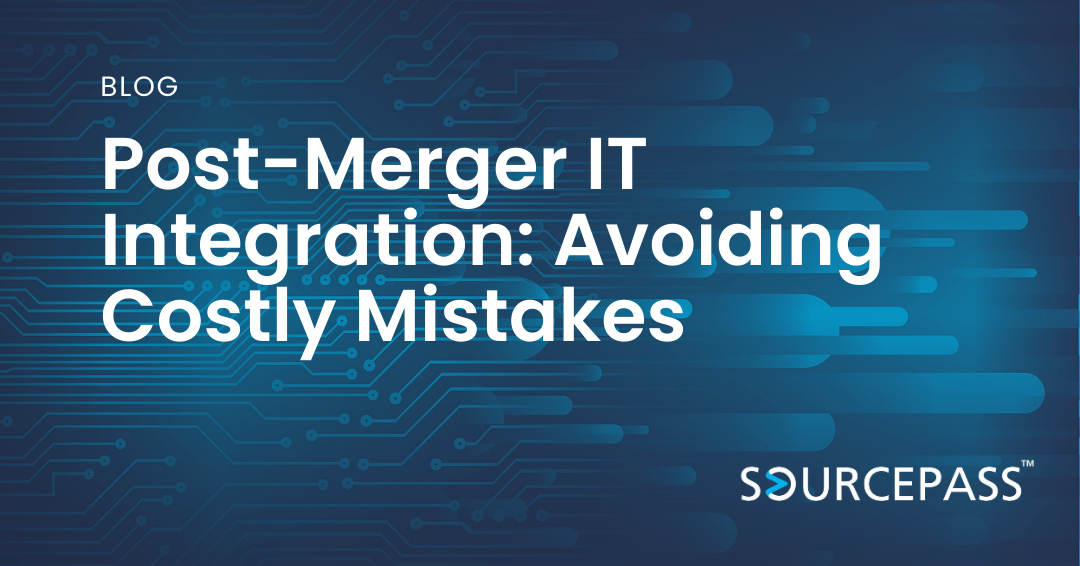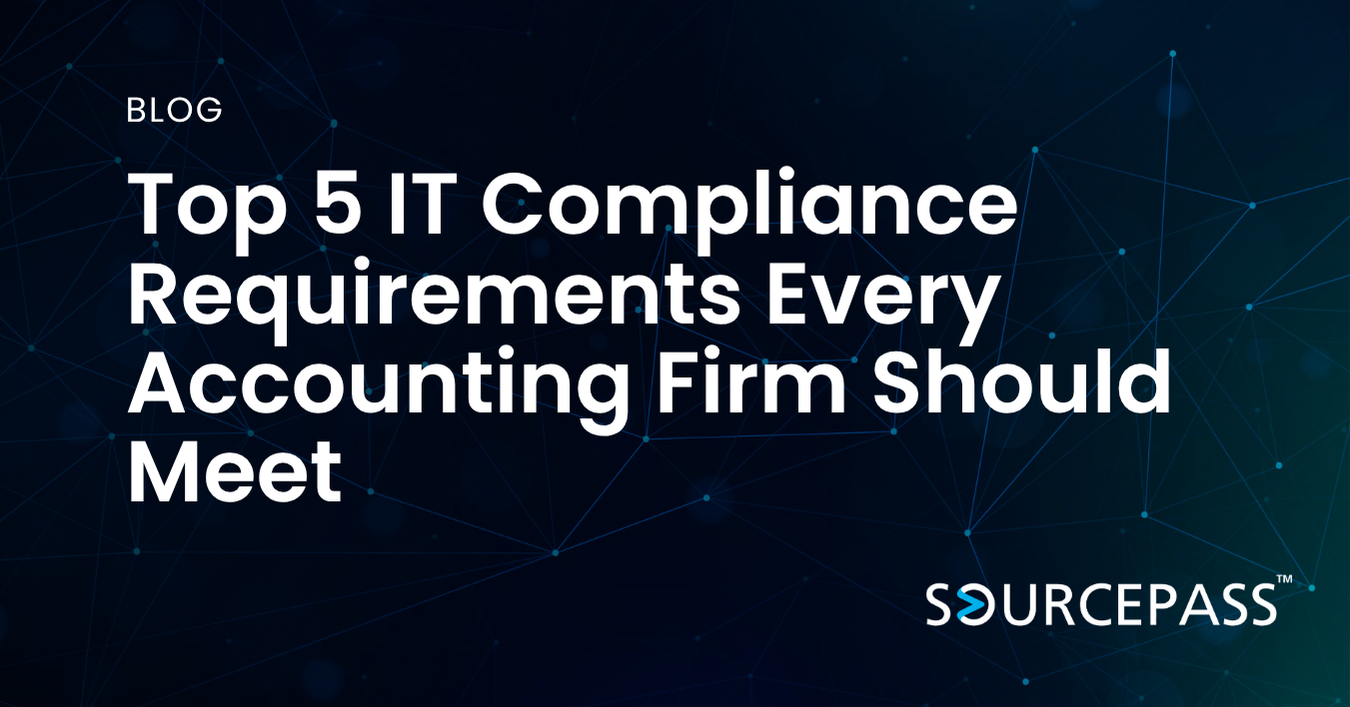Post-Merger IT Integration: Avoiding Costly Mistakes
Jul 24, 2025 Alex Davis Strategy & Modernization | M&A 2 min read



Mergers and acquisitions (M&A) bring tremendous opportunities for growth and market expansion. But one critical factor often determines whether the deal creates real value or costly headaches: post-merger IT integration. Poorly managed IT consolidation can lead to disrupted operations, security risks, and ballooning costs.
In this article, we’ll explore common post-acquisition technology pitfalls and share best practices to streamline IT integration after a merger or acquisition.
Why IT Integration is Critical in M&A
IT systems underpin nearly every business function—from finance to sales to operations. When two companies merge, their IT environments often differ vastly in software, infrastructure, security posture, and data management. Without a clear integration plan, organizations face:
- Data silos and inconsistent information
- Incompatible systems causing process bottlenecks
- Security vulnerabilities from rushed or incomplete consolidation
- Unplanned downtime affecting customers and employees
- Higher IT operating costs due to redundant resources
Taking a strategic approach to IT integration helps avoid these risks and unlocks efficiencies and innovation opportunities.
Common Costly Mistakes in Post-Merger IT Integration
1. Skipping Thorough IT Due Diligence
Failing to conduct a comprehensive IT due diligence before closing the deal can result in surprises—hidden technical debt, unsupported legacy systems, or compliance gaps. Due diligence should evaluate:
- Hardware and software inventories
- Security and compliance posture
- Vendor contracts and licenses
- Network architecture and data flows
Understanding these elements upfront enables better integration planning and risk mitigation.
2. Rushing System Consolidation
Pressure to unify IT quickly often leads to poorly planned system migrations. Rushing consolidation can cause data loss, extended downtime, or system conflicts. It’s critical to:
- Prioritize systems by business impact
- Phase migration to limit disruption
- Maintain fallback options during cutover
3. Ignoring User Training and Change Management
Even a perfect technical integration can fail without end-user adoption. Lack of communication and training can cause productivity drops and resistance. Include a clear change management plan with training sessions, support resources, and feedback loops.
4. Overlooking Security and Compliance Integration
M&A integration increases exposure to cybersecurity risks and regulatory compliance challenges. Combining IT environments may introduce gaps in:
- Data privacy controls (GDPR, HIPAA, etc.)
- Access management
- Incident response readiness
Perform a security audit and update policies and tools before finalizing integrations.
5. Underestimating the Complexity of Legacy Systems
Legacy or highly customized systems often don’t integrate cleanly with modern platforms. Without a proper modernization or replacement plan, legacy systems become long-term cost centers and risk points.
Best Practices for Successful Post-Merger IT Integration
- Develop a detailed IT integration roadmap: Define timelines, milestones, and responsibilities.
- Establish a dedicated integration team: Include IT, business units, and external advisors for cross-functional collaboration.
- Leverage cloud-based and modular systems: These allow flexible, scalable integration and reduce infrastructure complexity.
- Use integration platforms (iPaaS): Enable seamless data exchange and connectivity between disparate applications.
- Maintain ongoing communication: Keep stakeholders informed and gather user feedback throughout the process.
- Focus on security from day one: Conduct audits, patch vulnerabilities, and unify compliance frameworks.
Conclusion: Integrate IT With Purpose to Maximize M&A Value
Post-merger IT integration is a complex but critical component of successful M&A. Avoiding common pitfalls—such as skipping due diligence, rushing consolidation, or neglecting security—can save millions and protect your reputation.
By following a strategic, phased, and security-first approach, companies can accelerate synergy realization, improve operational efficiency, and ensure a smooth transition for employees and customers alike.
Looking for expert guidance on your next merger or acquisition IT integration?
Our specialized IT consultants help organizations navigate complex post-merger technology challenges with proven frameworks and hands-on support.
Subscribe To
Sourcepass Insights
Sourcepass Insights
Stay in the loop and never miss out on the latest updates by subscribing to our newsletter today!


